Home>Gardening & Outdoor>Outdoor Entertaining>What Wood Do You Use For A Pizza Oven
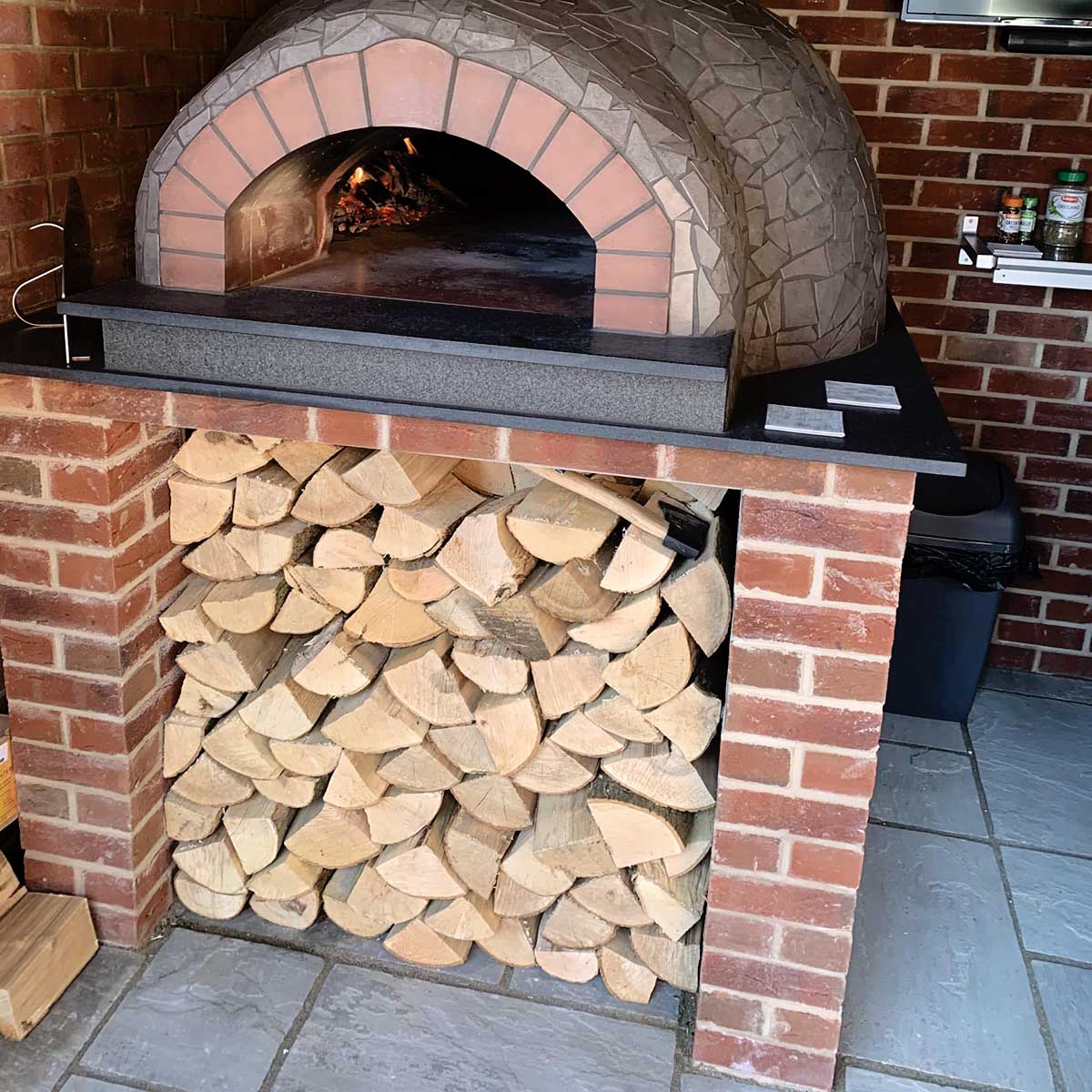

Outdoor Entertaining
What Wood Do You Use For A Pizza Oven
Modified: January 5, 2024
Discover the best wood for your outdoor pizza oven and elevate your outdoor entertaining experience. Learn how to choose the right wood for a perfect pizza.
(Many of the links in this article redirect to a specific reviewed product. Your purchase of these products through affiliate links helps to generate commission for Storables.com, at no extra cost. Learn more)
Introduction
When it comes to outdoor entertaining, few culinary experiences can rival the joy of gathering around a wood-fired pizza oven. The tantalizing aroma of wood smoke, the sizzle of bubbling cheese, and the communal delight of crafting custom pizzas combine to create a memorable and immersive dining event.
One crucial element that significantly impacts the flavor and quality of the pizza is the type of wood used to fuel the oven. The selection of wood can influence the heat intensity, smoke flavor, and overall cooking performance of the oven. Therefore, understanding the characteristics of different wood types and their suitability for pizza ovens is essential for achieving the desired results.
In this article, we will delve into the world of wood-fired pizza ovens, exploring the various types of wood commonly used, identifying the best options for optimal pizza flavor, and providing practical tips for selecting and using wood in your pizza oven. Whether you are a seasoned pizza enthusiast or a novice outdoor chef, this guide aims to equip you with the knowledge and confidence to elevate your pizza-making endeavors to new heights. So, let's embark on this flavorful journey and unravel the secrets of selecting the perfect wood for your pizza oven.
Key Takeaways:
- Choose the right wood like oak for a crispy crust or apple for a sweet aroma to enhance your wood-fired pizza flavor and cooking experience.
- Experiment with wood types, maintain proper airflow, and monitor the fire to infuse your pizzas with enticing wood-fired flavors and aromas.
Read more: How Do You Use A Pizza Oven
Types of Wood for Pizza Ovens
Choosing the right wood for your pizza oven is a critical decision that directly impacts the flavor, aroma, and cooking efficiency of your pizzas. Various types of wood can be used, each imparting unique characteristics to the cooking process. Here are some common types of wood favored for pizza ovens:
- Oak: Known for its slow-burning and high heat properties, oak wood is a popular choice for pizza ovens. It produces a steady, long-lasting heat that is ideal for achieving a perfectly crispy crust while infusing the pizza with a delightful smoky flavor.
- Maple: Maple wood is prized for its sweet and subtle smokiness, making it an excellent option for imparting a mild, nuanced flavor to pizzas. It burns consistently and can complement a wide range of pizza toppings without overpowering their natural taste.
- Cherry: With its aromatic and slightly sweet smoke, cherry wood adds a delicate fruitiness to pizzas, enhancing the overall sensory experience. It burns evenly and can contribute a visually appealing color to the crust of the pizza.
- Apple: Apple wood is renowned for its sweet and fruity aroma, which can infuse a delightful essence into pizzas. It burns cleanly and imparts a mild, slightly sweet flavor, making it a versatile choice for various pizza styles.
- Almond: Almond wood offers a rich, nutty flavor and produces a consistent, even burn, making it suitable for achieving a balanced and robust smokiness in pizzas. It can complement both traditional and unconventional pizza toppings with its distinct character.
- Hickory: Known for its strong, bold flavor and robust smoke, hickory wood can add a pronounced, savory essence to pizzas. It is best used sparingly or in combination with milder woods to avoid overwhelming the pizza with its intense smokiness.
Each type of wood brings its own unique qualities to the table, allowing you to tailor the flavor profile of your pizzas to your preferences. Understanding the characteristics of these wood varieties is essential for making an informed choice that aligns with your desired pizza flavor and cooking style.
Best Types of Wood for Pizza Ovens
While the choice of wood for a pizza oven ultimately depends on personal taste and regional availability, some types of wood have gained widespread acclaim for their exceptional performance and ability to impart delectable flavors to pizzas. Here are some of the best types of wood for pizza ovens:
- Oak: Renowned for its ability to produce high heat and long-lasting embers, oak is a top choice for achieving a crispy, charred crust and imparting a robust, smoky flavor to pizzas. Its reliability and versatility make it a favorite among seasoned pizza aficionados.
- Maple: With its balanced sweetness and subtle smokiness, maple wood is prized for enhancing the natural flavors of pizza toppings while contributing a delicate, aromatic essence. It is an excellent choice for those seeking a nuanced and harmonious wood-fired flavor.
- Cherry: Loved for its fragrant smoke and mild, fruity undertones, cherry wood adds a delightful touch of sweetness to pizzas without overpowering other flavors. Its consistent burn and visually appealing crust coloring make it a popular option for artisanal pizza creations.
- Apple: Valued for its sweet, fruity aroma and clean-burning properties, apple wood imparts a gentle, inviting smokiness to pizzas, making it an ideal choice for achieving a well-balanced and subtly nuanced wood-fired taste.
- Almond: Recognized for its rich, nutty flavor and even burn, almond wood is a versatile option that can elevate the savory essence of pizzas while complementing a wide range of toppings with its distinctive character.
- Hickory: With its bold, assertive flavor and robust smoke, hickory wood is best utilized in moderation to add a pronounced, savory dimension to pizzas. When used judiciously, it can impart a captivating smokiness that enhances the overall dining experience.
These wood varieties have earned their place as top contenders for pizza oven fuel, offering distinct flavor profiles and reliable burning characteristics that contribute to the creation of exceptional wood-fired pizzas. Whether you prioritize intense smokiness, subtle sweetness, or a well-rounded wood-fired essence, these best types of wood provide a solid foundation for crafting memorable pizzas that delight the senses.
When building a pizza oven, use hardwoods like oak, maple, or hickory for the fire. These woods burn hot and clean, perfect for cooking pizza. Avoid softwoods like pine, as they can create a bitter taste.
How to Choose the Right Wood for Your Pizza Oven
When selecting wood for your pizza oven, several factors should be considered to ensure an optimal cooking experience and the desired flavor profile in your pizzas. Here are essential guidelines for choosing the right wood for your pizza oven:
- Flavor Compatibility: Consider the flavor profile of the wood and how it complements the toppings and overall taste of your pizzas. For example, if you prefer a subtle, sweet smokiness, apple or cherry wood may be suitable, while those seeking a bolder, more robust flavor might opt for hickory or oak.
- Burning Characteristics: Evaluate the burning properties of the wood, including its heat intensity, longevity of embers, and smoke production. Woods like oak and hickory are known for their high heat and long-lasting embers, ideal for achieving a crispy crust, while maple and apple offer a more moderate, even burn for a balanced flavor infusion.
- Availability and Sustainability: Consider the accessibility of the wood in your region and opt for sustainable sources to minimize environmental impact. Local hardwood suppliers or sustainable forestry practices can provide a reliable and eco-conscious supply of quality wood for your pizza oven.
- Moisture Content: Ensure that the wood is properly seasoned and has an optimal moisture content for efficient combustion. Well-dried wood with a moisture content of around 20% is ideal for producing clean-burning, flavorful smoke without excessive creosote buildup.
- Personal Preference: Ultimately, your personal taste and cooking style should guide the selection of wood for your pizza oven. Experiment with different wood types to discover the flavors and aromas that resonate with your palate and enhance your pizza creations.
By considering these factors, you can make an informed decision when choosing the right wood for your pizza oven, ensuring that it aligns with your culinary vision and enhances the overall pizza-making experience. Whether you prioritize flavor complexity, cooking performance, or environmental sustainability, the perfect wood selection can elevate your wood-fired pizzas to new heights of gastronomic delight.
Tips for Using Wood in Your Pizza Oven
Mastering the art of using wood in your pizza oven is essential for achieving exceptional results and infusing your pizzas with delectable wood-fired flavors. Here are valuable tips to optimize the use of wood in your pizza oven:
- Proper Airflow: Arrange the wood in the oven to allow for adequate airflow, promoting efficient combustion and consistent heat distribution. A well-ventilated fire will produce clean, flavorful smoke that enhances the taste of the pizzas.
- Preheating the Oven: Preheat the oven with the wood to allow the cooking surface and dome to reach the optimal temperature for baking pizzas. This ensures that the pizzas cook evenly and efficiently, resulting in perfectly crisp crusts and thoroughly melted toppings.
- Wood Selection for Flavor: Experiment with different wood types and combinations to discover unique flavor profiles that complement specific pizza toppings. Mixing woods, such as pairing oak with fruit woods like apple or cherry, can create complex, layered flavors in the pizzas.
- Monitoring the Fire: Keep a watchful eye on the fire to maintain the desired temperature and adjust the wood as needed to sustain consistent heat. This attentiveness ensures that the pizzas cook at the ideal pace, achieving the desired texture and flavor development.
- Adding Wood for Aroma: Introduce additional wood during the cooking process to infuse the pizzas with aromatic smoke, enhancing their sensory appeal. This technique can impart a final touch of wood-fired essence to the pizzas before serving.
- Cleaning the Oven: Regularly remove ash and residual wood to maintain a clean cooking environment and prevent ash particles from settling on the pizzas. A clean oven promotes optimal heat retention and ensures a pristine baking surface for each pizza.
- Seasoning the Wood: If sourcing and seasoning your own wood, ensure that it is properly dried and seasoned to achieve clean combustion and avoid excessive smoke or soot buildup. Well-seasoned wood contributes to a more enjoyable and flavorful pizza-making process.
By implementing these tips, you can harness the full potential of wood as a culinary tool in your pizza oven, elevating your pizzas with nuanced flavors, enticing aromas, and a delightful wood-fired essence. Embracing the art of using wood in your pizza oven not only enhances the dining experience but also fosters a deeper connection to the time-honored tradition of wood-fired cooking.
Conclusion
Embarking on the journey of wood-fired pizza making is a sensory adventure that intertwines culinary craftsmanship with the rustic allure of outdoor cooking. The selection of the right wood for your pizza oven is a pivotal step in shaping the flavor, aroma, and overall dining experience of your pizzas. Whether you opt for the robust smokiness of oak, the subtle sweetness of apple, or the fragrant nuances of cherry, each type of wood imparts its own distinct character to the pizzas, adding depth and complexity to every bite.
As you explore the diverse array of wood options and refine your technique in using wood as a culinary medium, you will uncover a world of flavors and aromas that elevate your pizzas to new heights. The crackling of the wood, the dance of flames, and the transformative power of heat all converge to create a symphony of flavors that captivate the senses and foster a deep appreciation for the art of wood-fired cooking.
In your quest for the perfect wood-fired pizza, consider the harmony of flavors, the artistry of wood selection, and the joy of sharing this time-honored tradition with friends and family. Embrace the nuances of each wood type, experiment with different combinations, and savor the rewarding journey of crafting pizzas infused with the essence of the natural world.
With each wood-fired creation, you not only indulge in a delectable culinary experience but also honor the rich heritage of outdoor cooking, celebrating the time-honored tradition of gathering around the warmth of a wood-fired oven. So, let the crackling flames and aromatic smoke kindle your passion for wood-fired pizzas as you continue to explore, create, and savor the irresistible allure of this timeless culinary art.
Frequently Asked Questions about What Wood Do You Use For A Pizza Oven
Was this page helpful?
At Storables.com, we guarantee accurate and reliable information. Our content, validated by Expert Board Contributors, is crafted following stringent Editorial Policies. We're committed to providing you with well-researched, expert-backed insights for all your informational needs.
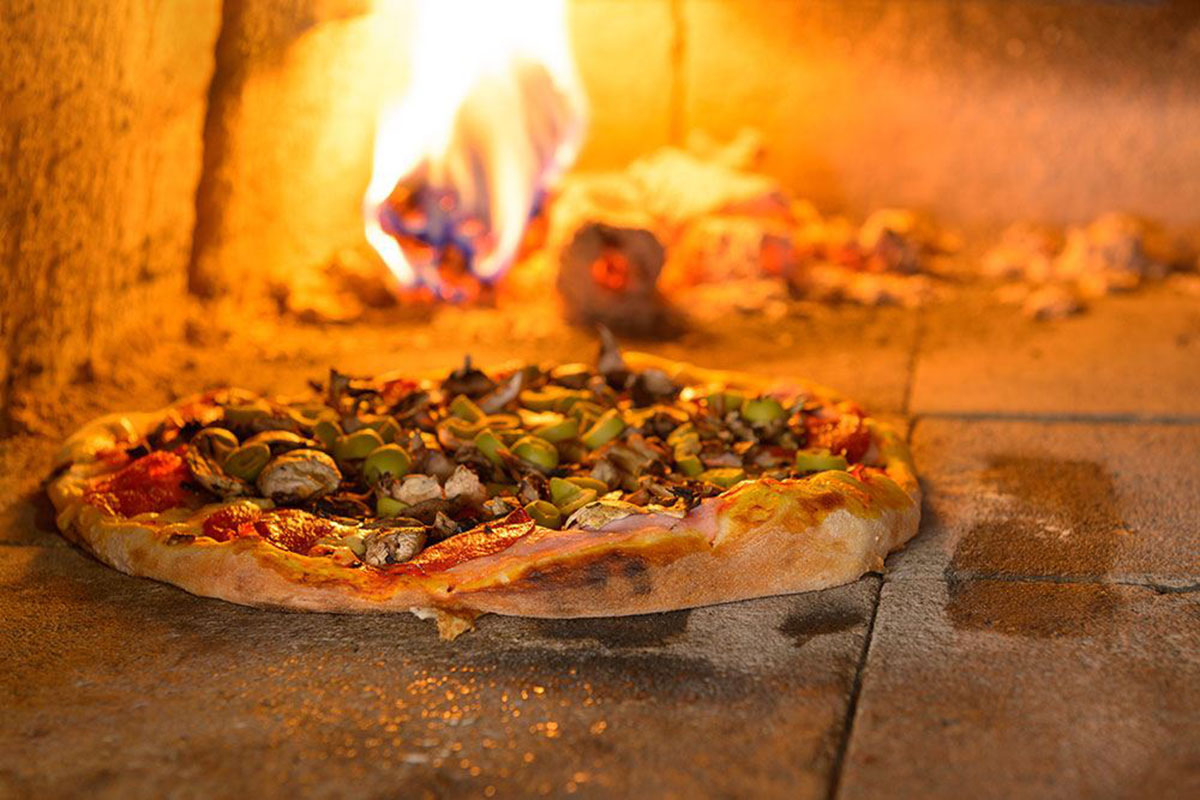
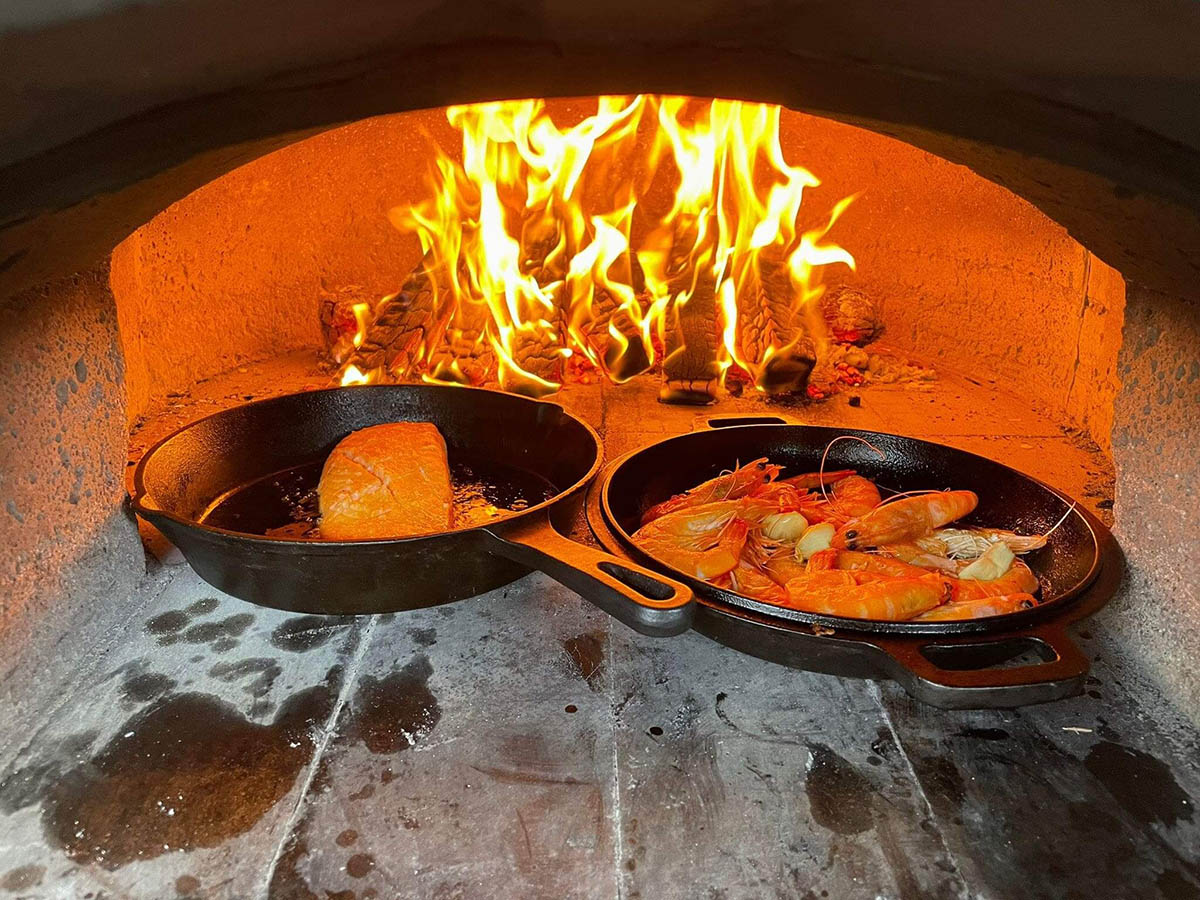
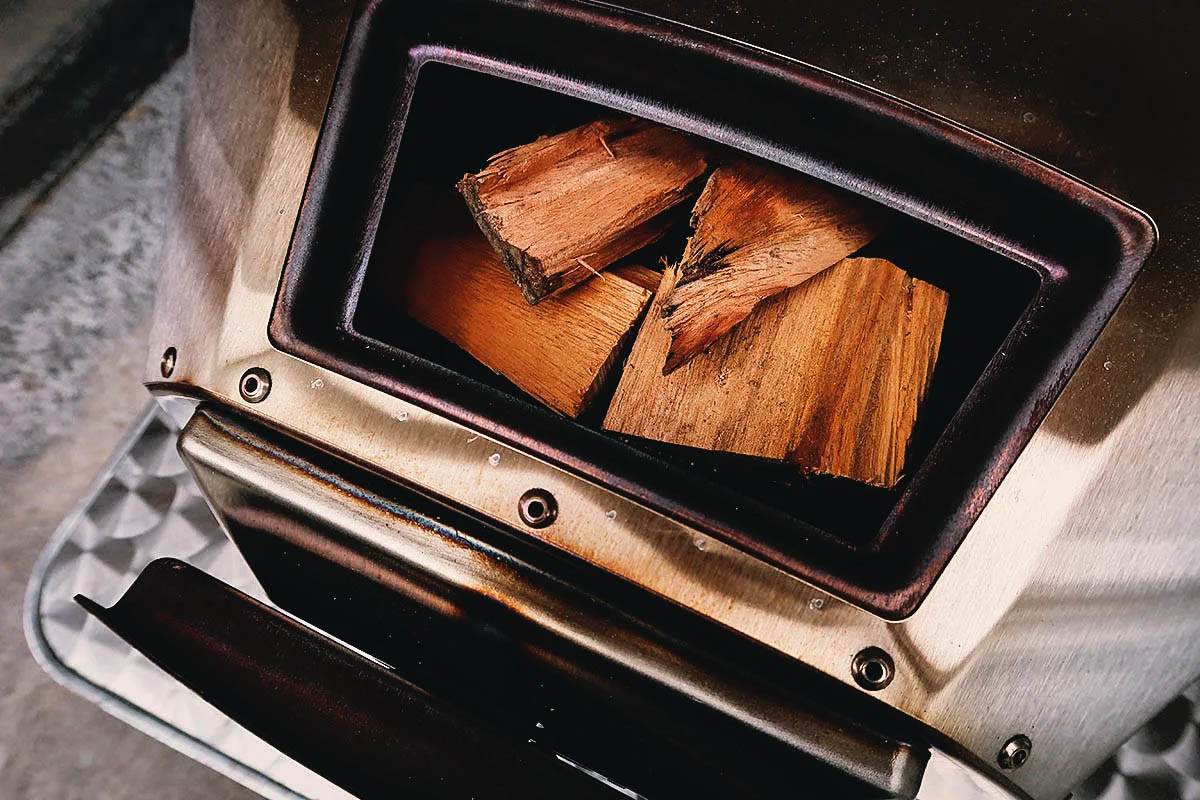
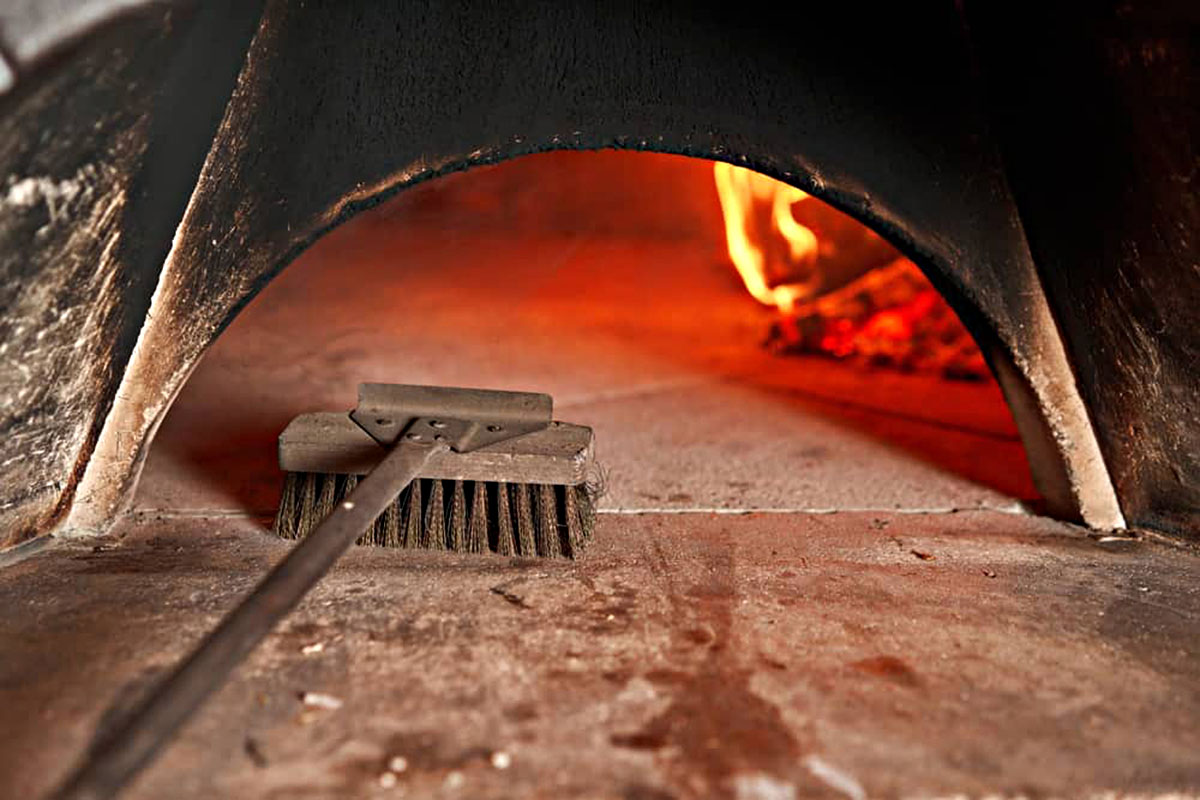
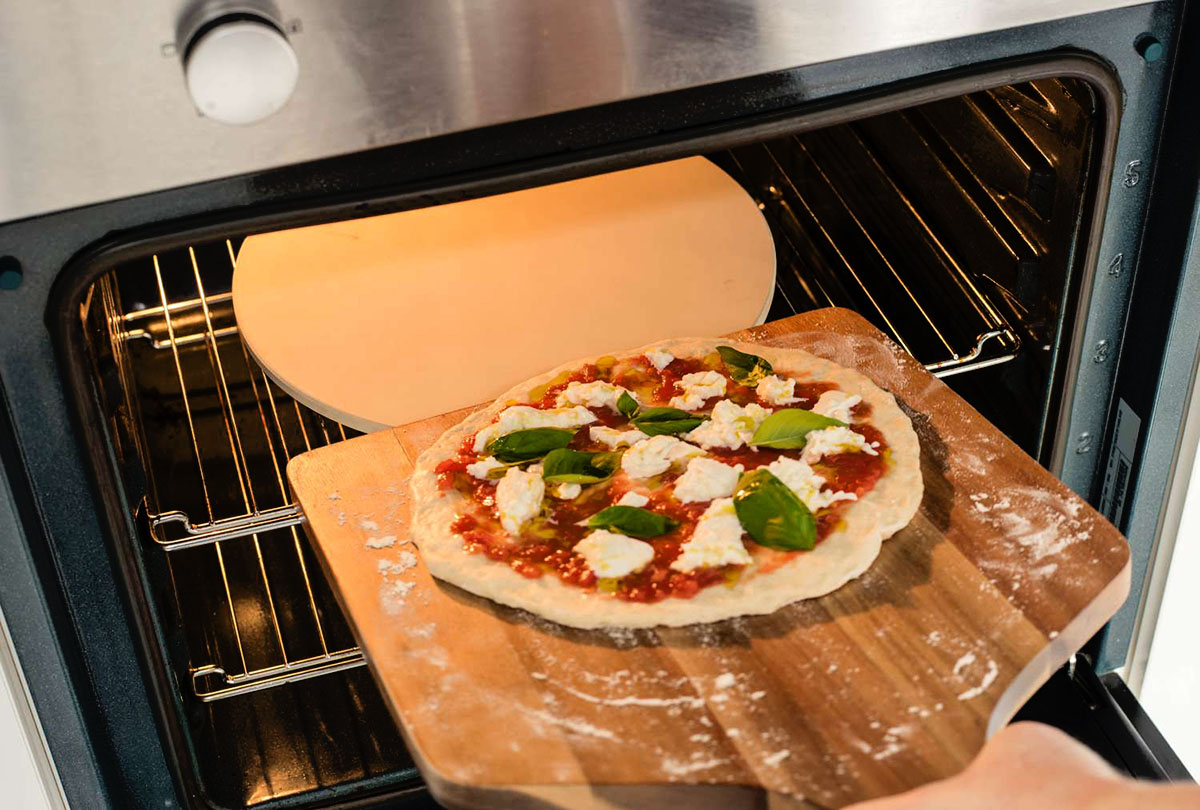
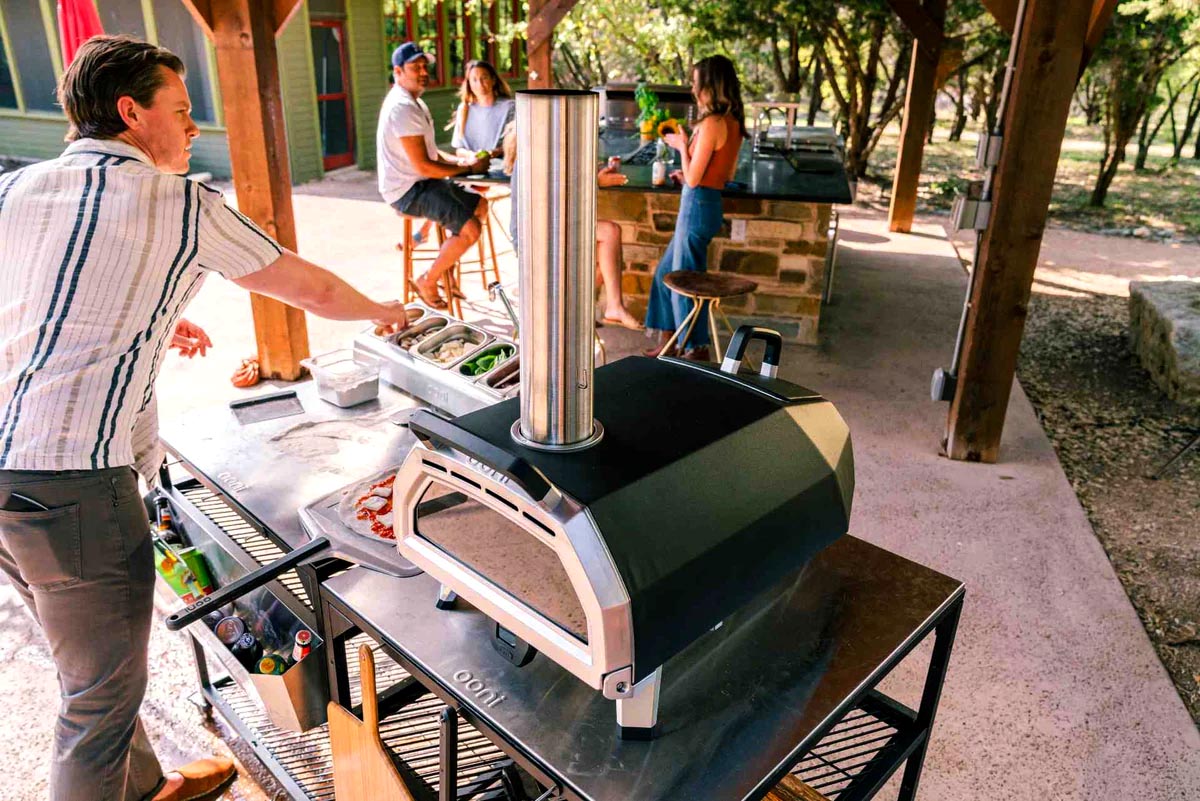
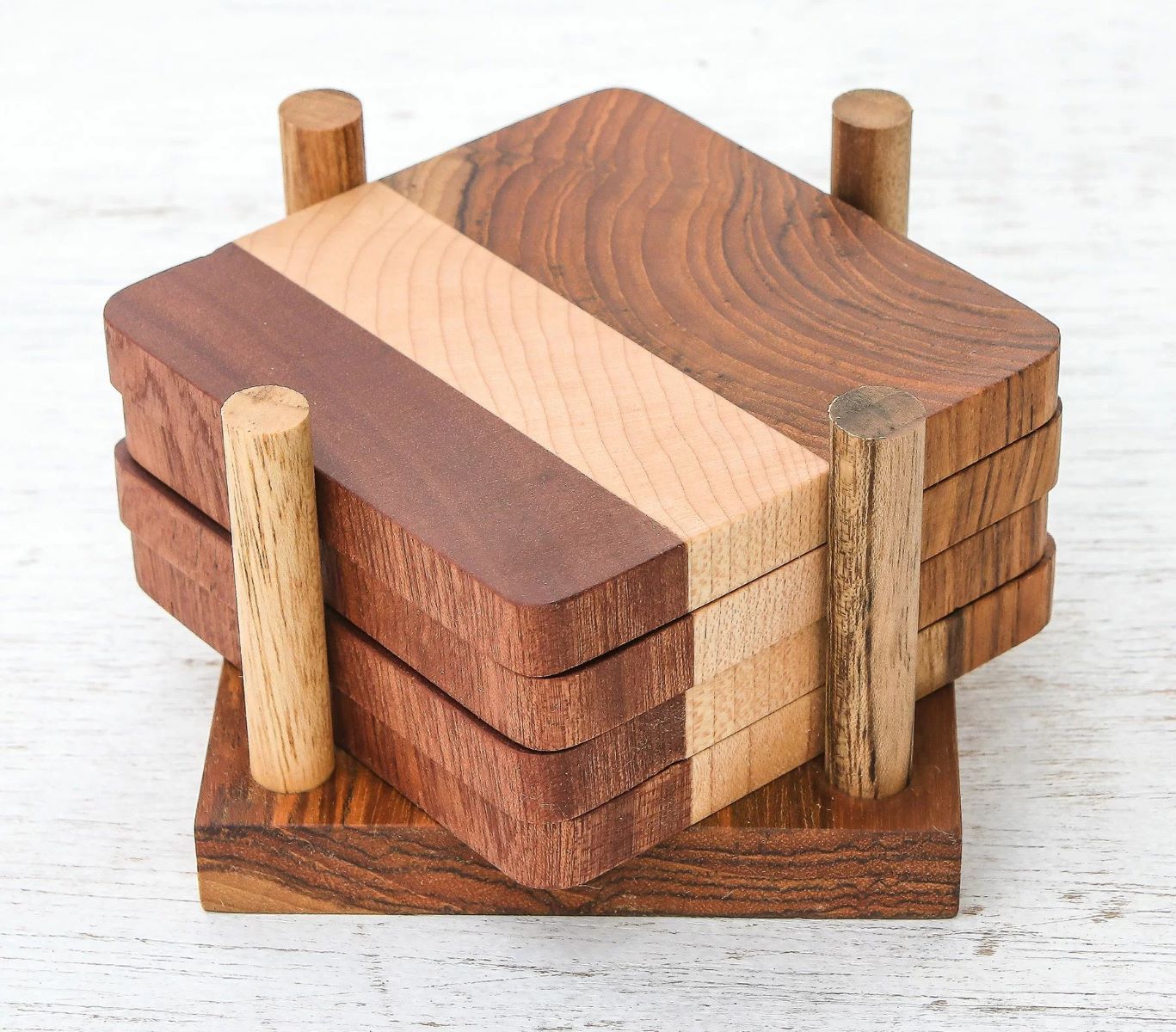
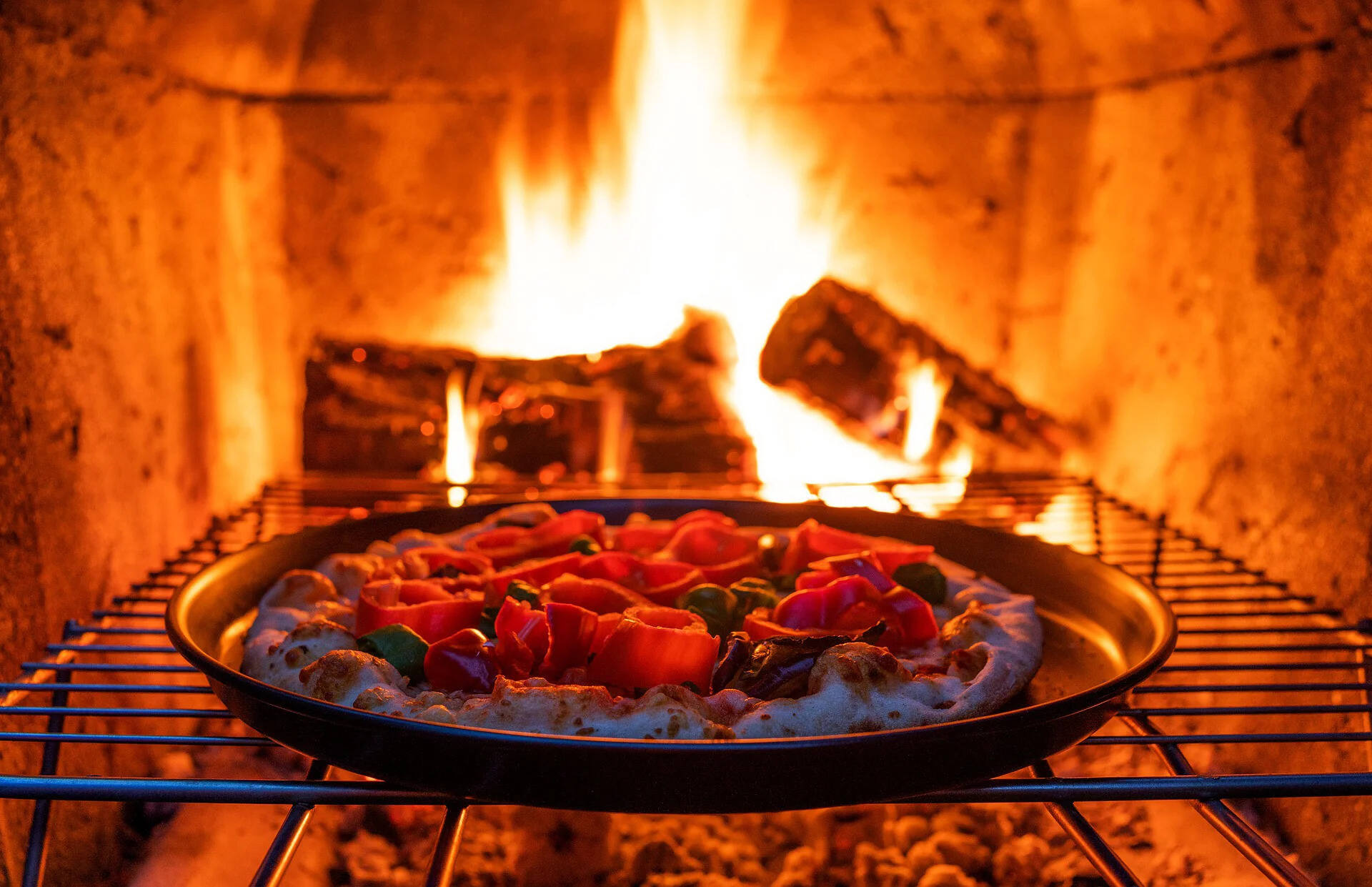
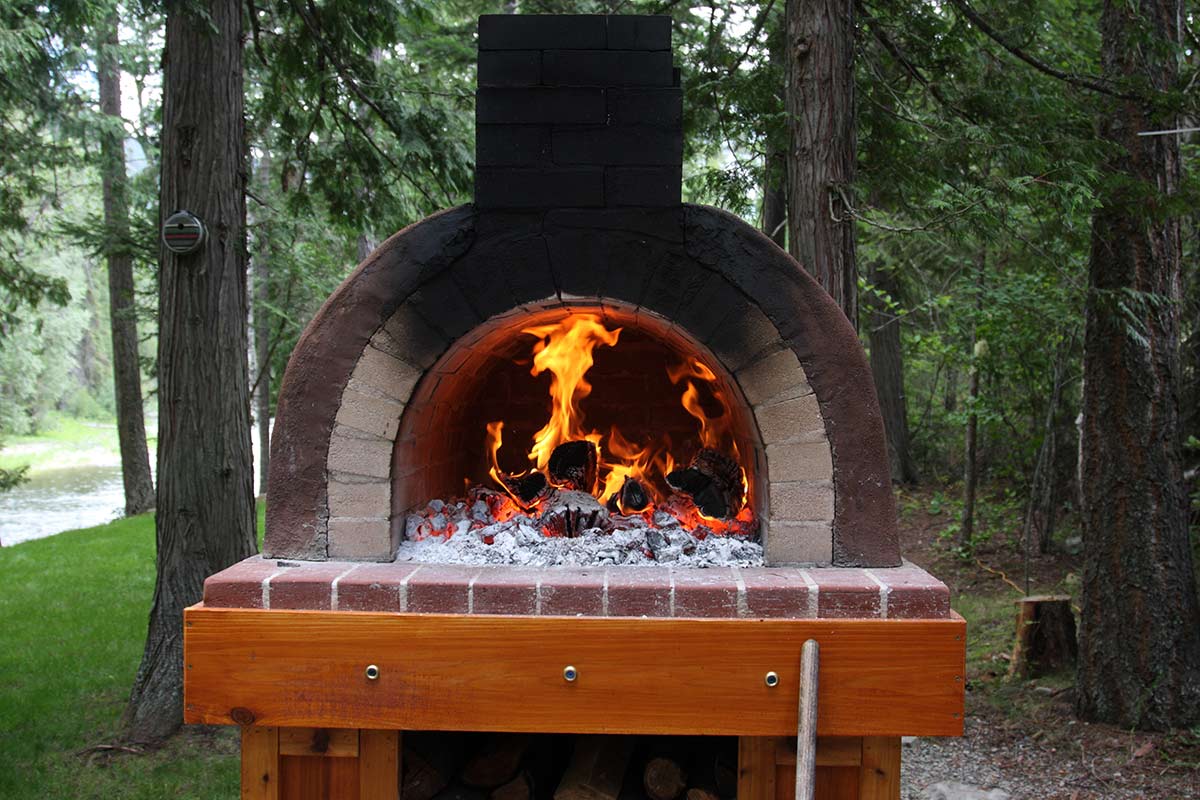
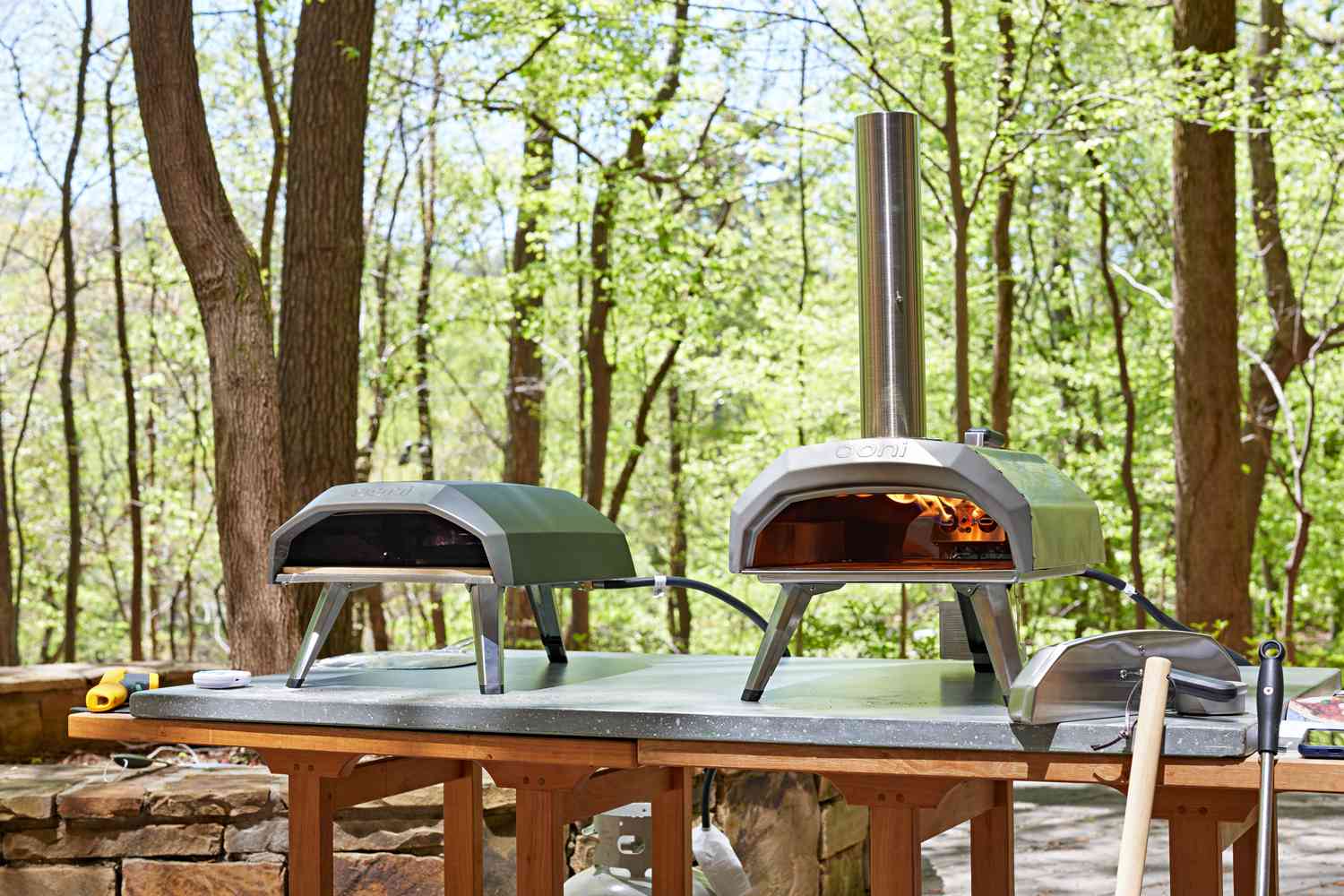
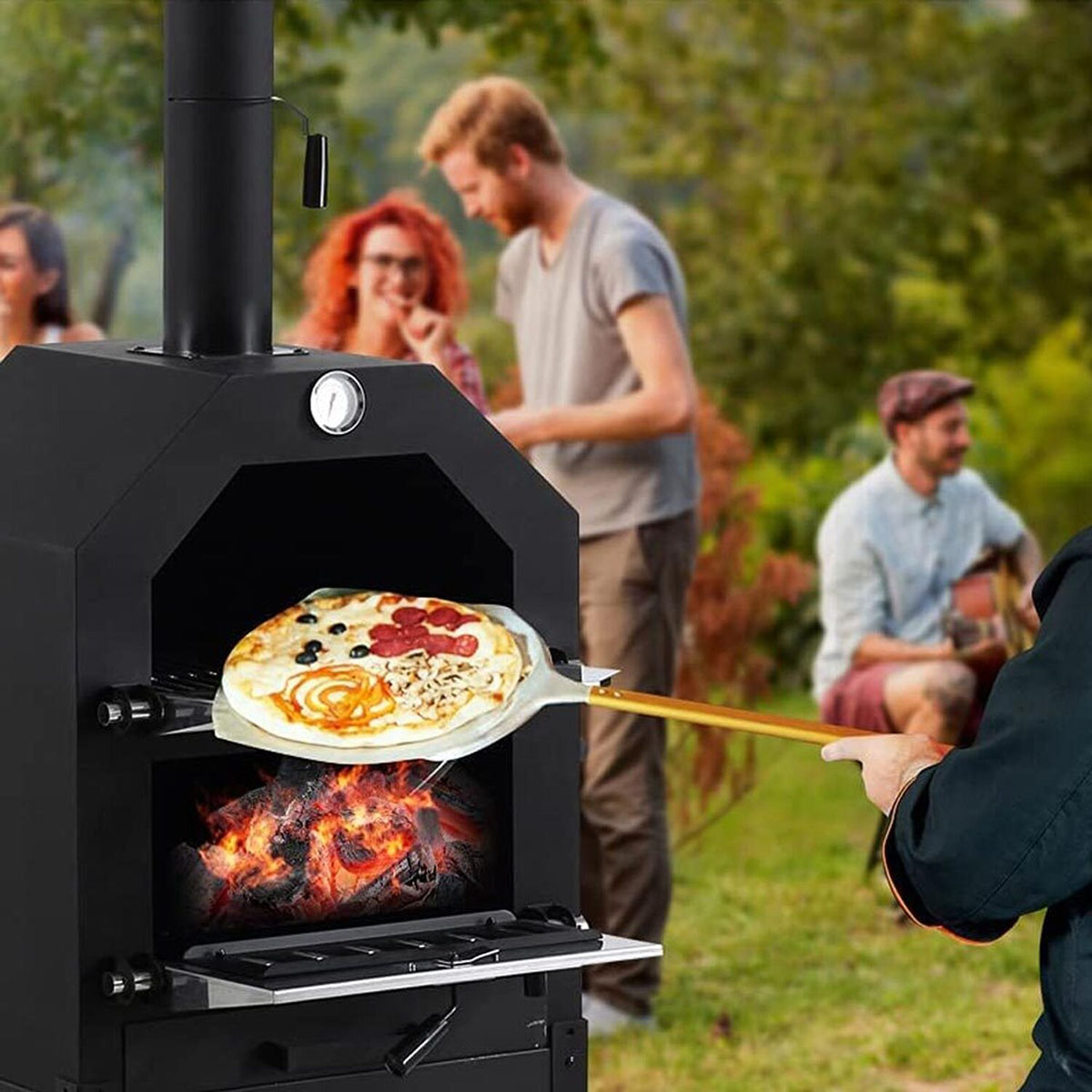
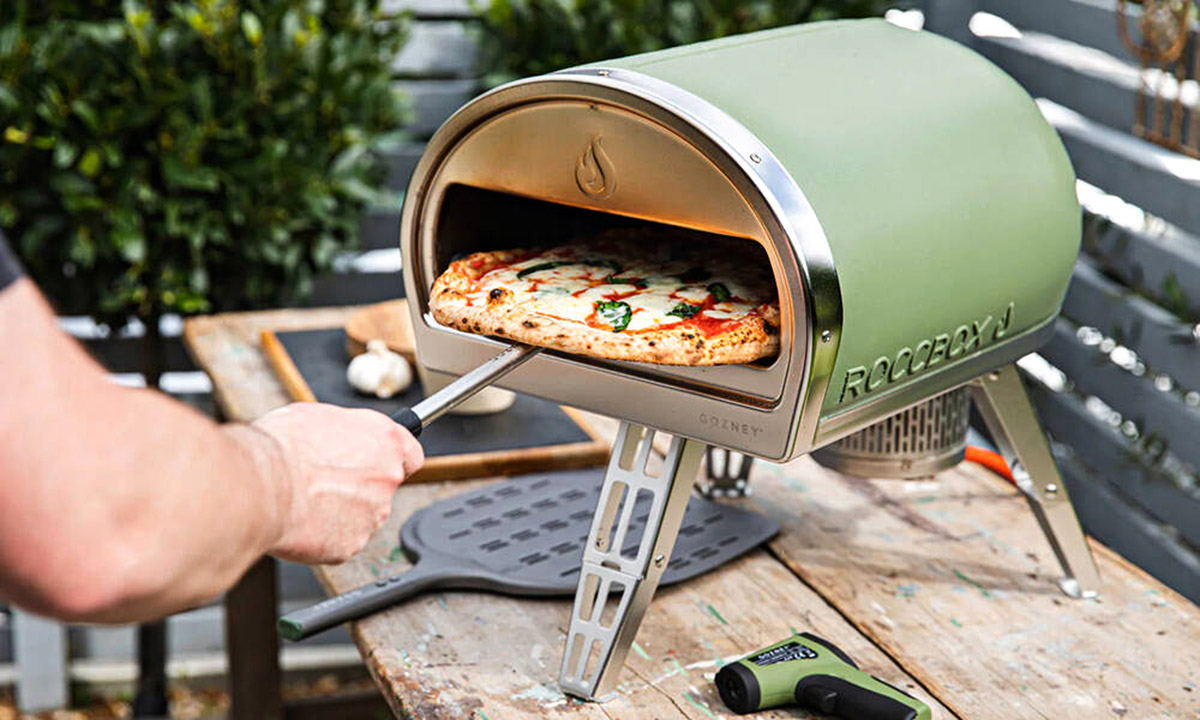
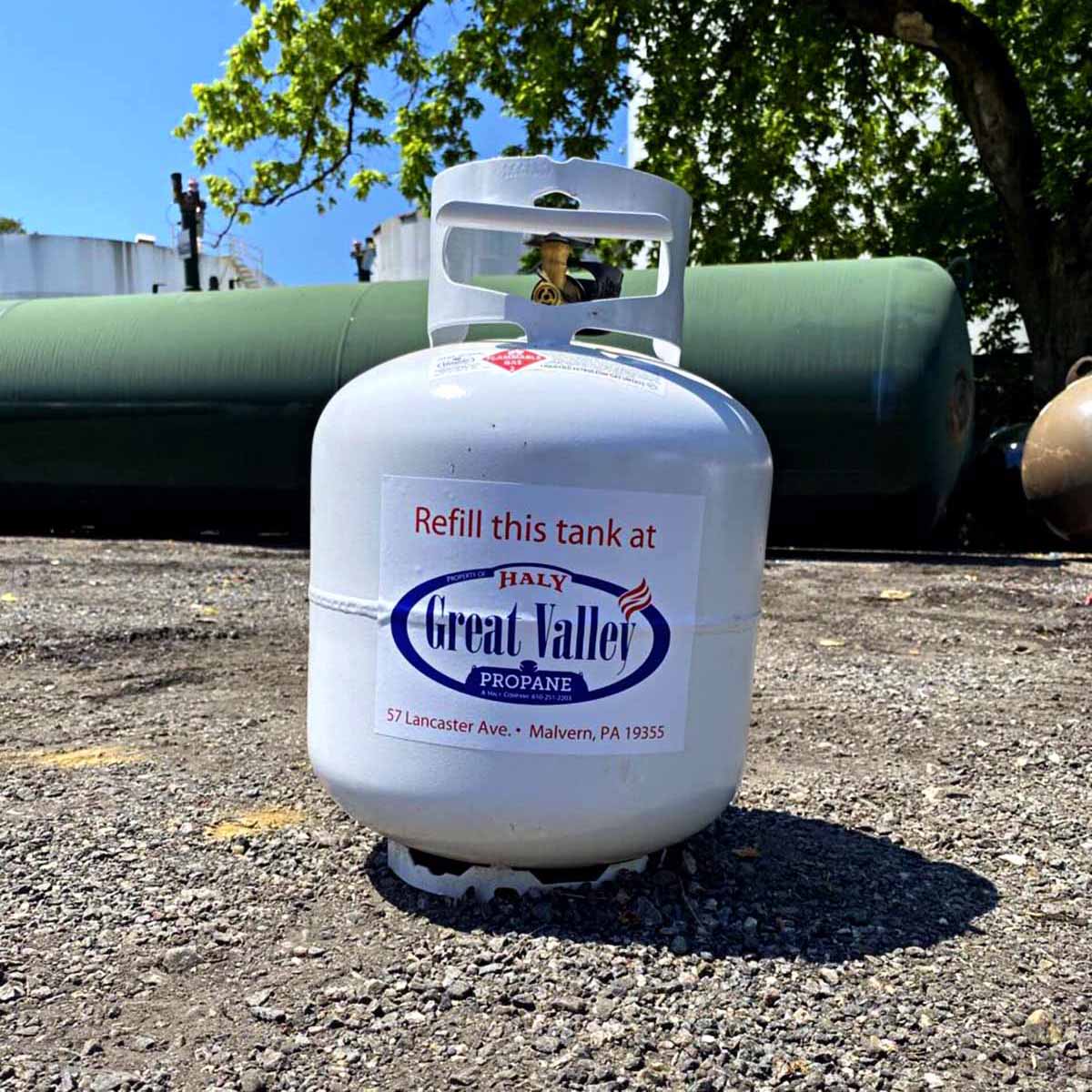
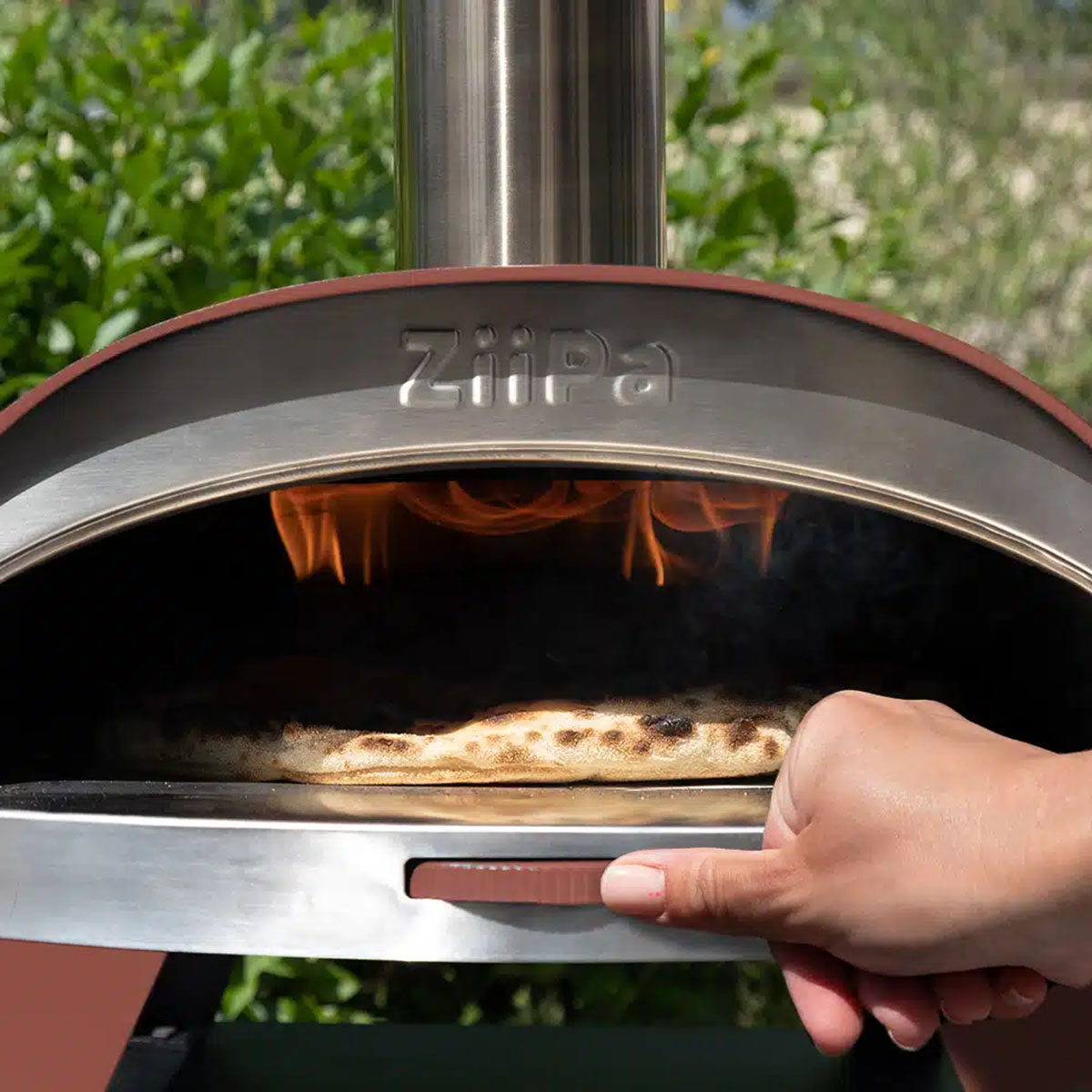

0 thoughts on “What Wood Do You Use For A Pizza Oven”